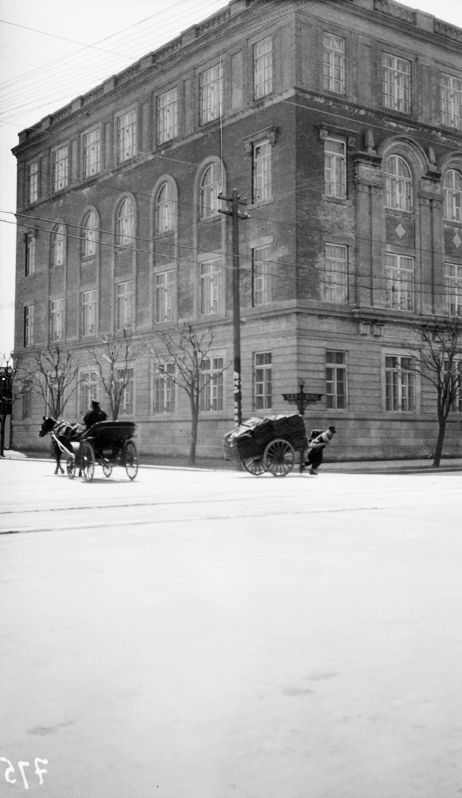History made this former Liaodong Peninsular fishing village a transational city, as it was taken from Russian control (1898-1905), to become a Japanese leased territory (1905-45), then a USSR-controlled zone in the People’s Republic of China until the end of the Soviet occupation in 1955. ‘One of the most rapidly growing and modern cities in the Far East’ wrote Carl Crow in his 1921 Handbook for China. Apparently, our British photographers did not find much of interest, focusing instead on either photographing the port’s impressive jetties, or the Russian buildings in the city streets.
-
Recent Posts
- Guest blog: Yutong Wang on Policing urban ‘nuisance’: slum clearances in ‘semi-colonial’ Shanghai in the 1930s
- Some that got away
- Guest blog: Alex Thompson on British Law and Governance in Treaty Port China
- Guest blog: Andrew Hillier on Armistice Day and its Aftermath in Treaty Port China
- Guest blog: Kaori Abe on the Abe Naoko Collection –– a glimpse of a Japanese family’s life in Shanghai, c.1927-c.1934
- Guest blog: Ghassan Moazzin on Foreign Banks and Global Finance in Modern China
- Guest blog: Helena Lopes on A connected place: Macau in the Second World War
- Andrew Hillier on Bessie Pirkis: A Renaissance Woman in Peking Part 2
- Guest blog: Rachel Meller on Uncovering the story of Shanghai’s Second World War Jewish refugees
- Andrew Hillier on Bessie Pirkis: A Renaissance Woman in Peking
- Need and opportunity: the new HPC website
- Everything’s changed, but everything’s still the same: HPC update
- Location/Dislocation – Admiral Keppel, the Chinese Buddha at Sandringham and three key photographs
- The Forbidden City at War: Images of the Wartime Evacuation of the Imperial Art Collections
- A name, a photograph, and a history of global connections
Categories

